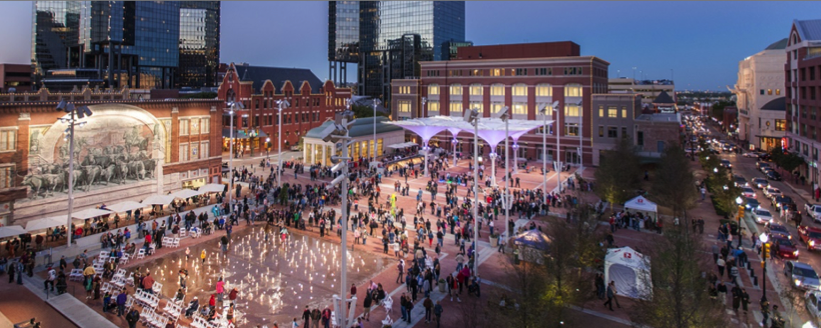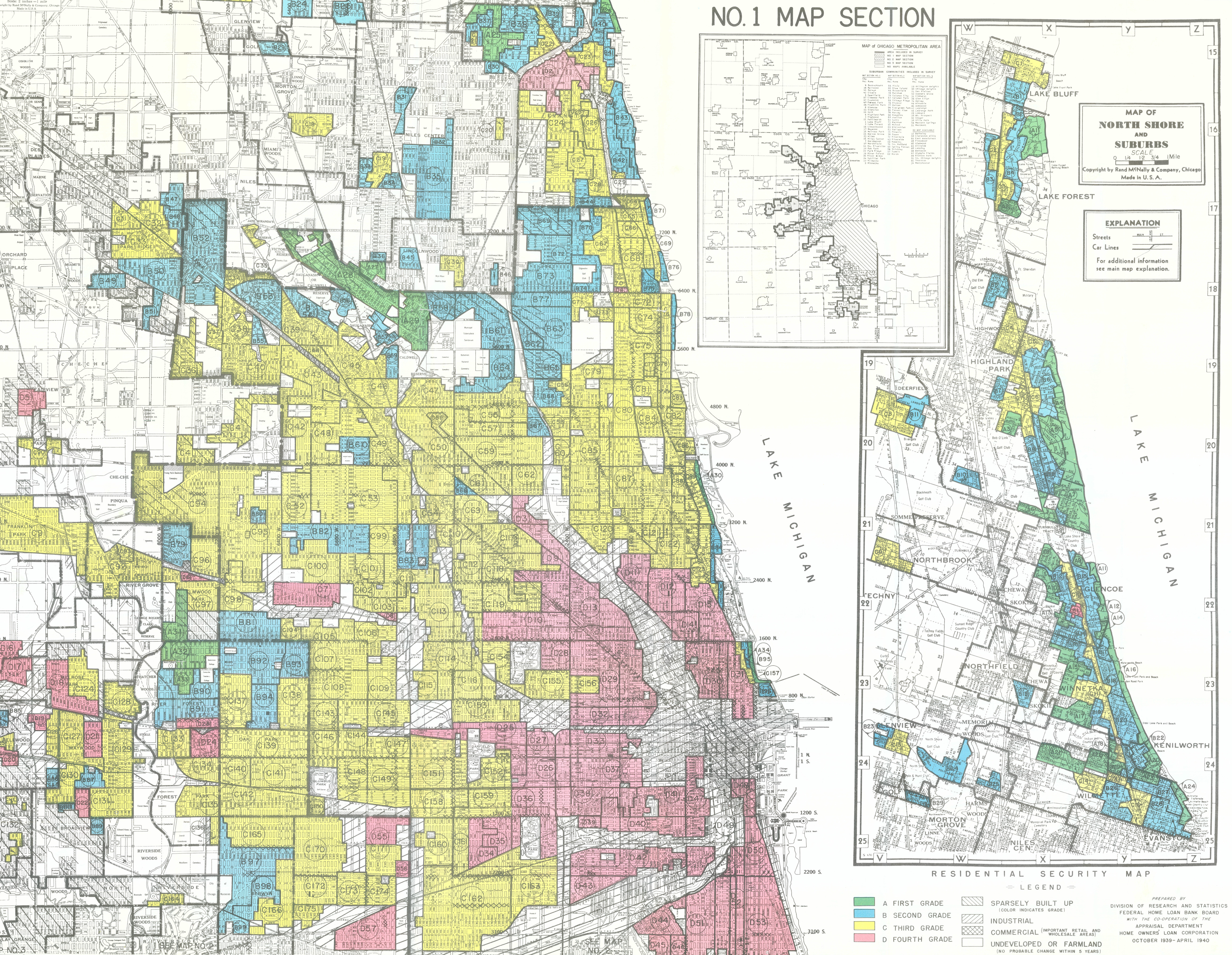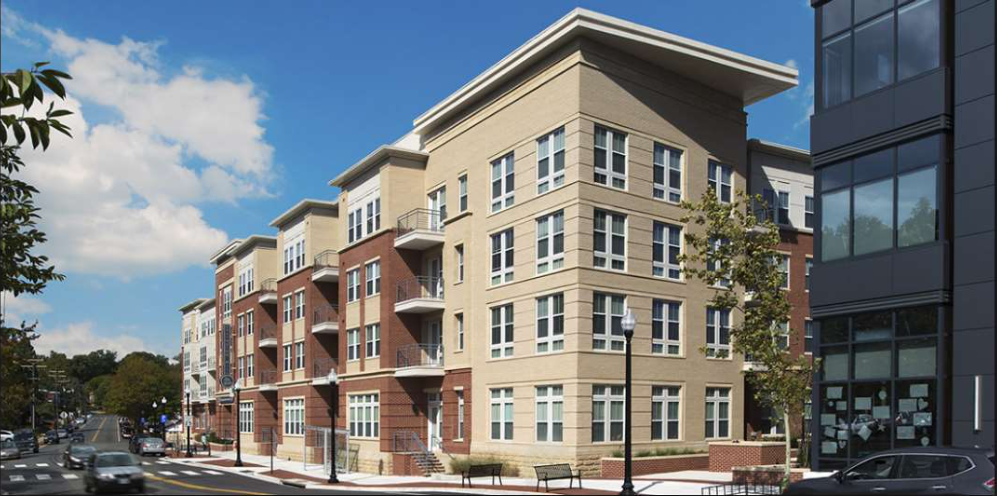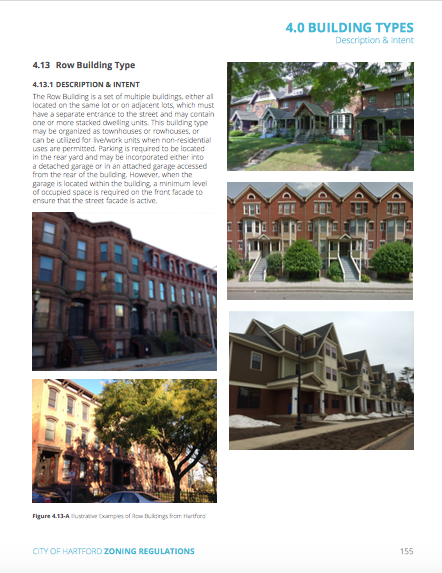
News
By Smart Growth America, March 21, 2019
 Sundance Square in downtown Fort Worth, TX, which was developed under form-based standards. Image: Randy Hutcheson.
Sundance Square in downtown Fort Worth, TX, which was developed under form-based standards. Image: Randy Hutcheson.
Conventional land use regulations have contributed to a great divide in our country, producing sprawling places that are marked by a stark separation of both uses and people. But form-based zoning is emerging as a creative tool for cities to remedy the inequities often produced by the conventional system.
Although the 1926 Supreme Court decision of Village of Euclid v. Ambler Realty Co. validated the use of municipal power to separate land uses for “public welfare,” conventional zoning has just as often been used as a tool for social separation. Throughout the 20th century, cities have used zoning as a way to separate not only uses—like residential, commercial, and industrial—but also people according to wealth, class, and race.

A quick look at Chicago reveals how today’s uneven distribution of prosperity spawns from a history of zoning to exclude and separate. Today, affordable housing is concentrated in a few majority-minority neighborhoods zoned for small lots or multifamily housing while single-family zoning covers substantial swaths of the city, primarily in whiter, wealthier neighborhoods. The divide between these two residential zones often closely mirrors the redlining maps of old that—along with other insidious tools like racial covenants—directed investment away from low-income and minority neighborhoods and were used to keep African Americans and other people of color out of white communities.
Chicago isn't unique in this regard; zoning in many communities continues to keep people of color out of white neighborhoods while concentrating poverty in select zip codes, even if that’s not the intent. But instead of being a tool for segregation, if done right, zoning can be a tool for creating more equitable, just communities.
From separation to integration
Form-based codes present a particularly promising strategy when confronting segregation. From the very start, this type of zoning uses an exhaustive community visioning process to inform the physical character and design of a community. And rather than separating housing from jobs and services, form-based codes encourage a mix of uses—and a greater diversity of housing types—which can dramatically cut transportation costs by allowing people to live closer to where they need to go.
If crafted thoughtfully, zoning reform can address ingrained inequities, especially when paired with other equity-driven initiatives for developing/preserving affordable housing, preventing displacement, and supporting small businesses.
Here are the main categories where we are seeing communities employ form-based codes to improve equity across the country:
- Community benefit program: Allowing taller buildings or more housing units in exchange for a certain "community benefit" is one way to encourage developers to include important resources or features in their projects. New Rochelle, NY's form-based code offers developers up to four additional floors if projects include greater energy efficiency, attainable space for low-income artists, historic preservation, affordable housing, or certain community facilities. Developers can alternatively pay into a community benefit fund that supports workforce training, job placement services, and relocation assistance for residents and businesses.
-

The Arlington Mill Residences on Columbia Pike is a four-story, 122-unit complex that is 100 percent affordable (for 60 percent AMI). It includes 98 two- and three-bedroom units to support larger families and 13 units designated for formerly homeless individuals and families. Image: staff photo. Affordable housing requirements: Some form-based codes require developers to provide a minimum amount of affordable units for low- and moderate-income residents. This provision is often adopted along with other complimentary affordable housing programs in places like Columbia Pike in Arlington County, VA where 20–30 percent of net new units must remain affordable for 30 years to households earning up to 60 percent of the area median income.
- Small business sensitivity: Zoning regulations for commercial development can be designed to support small or minority-owned businesses and help retain local workers. Winooski, VT's form-based code permits smaller-than-usual business frontages to enable affordable space for immigrant-owned restaurants.
- Approval priority: Expedited approval and reduced review fees are being used to reward projects that include affordable or workforce housing under Bradenton, FL's form-based code.
- Conservation strategy: The form-based code for Columbia Pike in Arlington County, VA also includes a transfer of development rights and conservation area standards to protect sensitive properties and preserve existing affordable housing units.
-

Hartford's zoning regulations include a description of various building types with local examples, as seen above for the "Row Building Type." Image: City of Hartford. Expanding housing choice by regulating form, not density: Form-based codes enable an array of building types that fill the void of missing middle housing—things like cottage apartments, bungalow courts, and triplexes—that can create smaller-sized and more affordable dwelling units. Fort Worth, TX, for example, permits accessory dwelling units by right without restricting size in its Near Southside form-based code and Hartford, CT’s form-based code allows for stacked flats and row buildings in most neighborhood districts. And when communities open up formerly exclusive, single-family areas to these types of housing, a wider array of people can live in them. And with more people—and the more walkable street grids that form-based codes promote—these neighborhoods can better support and be served by public transportation.
- Adjusting parking requirements: High minimum parking requirements typically require developers to construct expensive parking, the cost of which gets passed onto renters (whether they own a car or not) through higher rents. Reducing or eliminating these costly requirements around transit stops, in walkable neighborhoods, or on properties with affordable housing can improve affordability. A citywide form-based code for Miami, FL makes gentle density and missing middle housing more economically viable by eliminating parking requirements in urban neighborhoods. Alternatively, cities like Seattle require developers to “unbundle” parking cost from housing costs, so that only those who need parking are required to pay.
Most of these examples of more equitable zoning strategies revolve around increasing affordability—a first essential step toward desegregation and shared prosperity. Other strategies like improving access to public services and a more equitable distribution of public infrastructure investments must also be addressed to develop a truly equitable community.
Here are Smart Growth America, our motto—improving lives by improving communities—refers to all lives. While zoning has historically been a tool for separating people, it can be used to raise all boats in the community, regardless of a person's age, race, ability, gender, or income. Zoning reform won't create an equitable city by itself, but communities across the nation are using it as a crucial tool to remedy past wrongs and open up additional policy options for a more equitable future.
Related News

© 2025 Smart Growth America. All rights reserved
Site By3Lane Marketing








